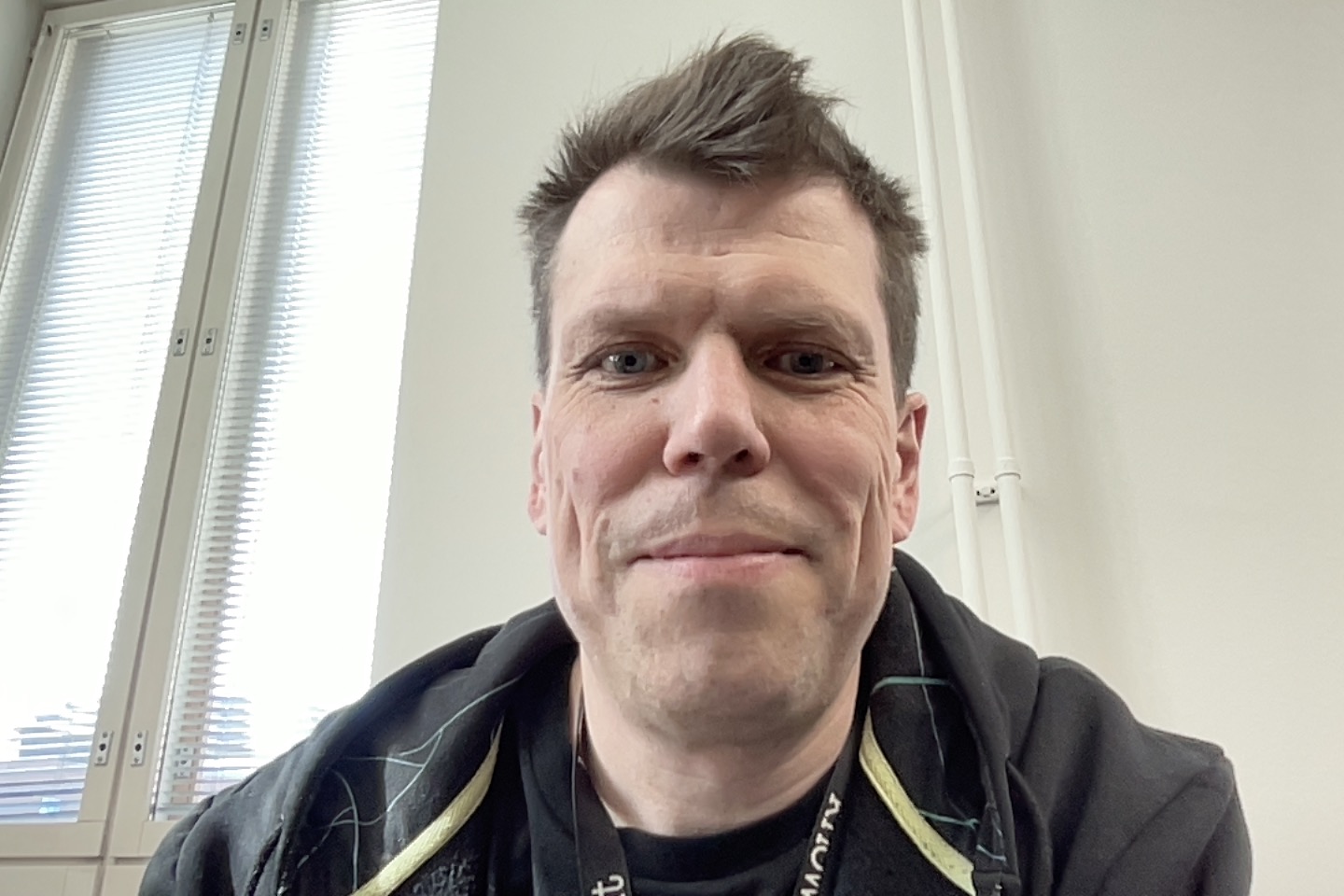Best picks from AWS re:Invent this year
AWS re:Invent 2021 is now over and it is time to look back last week and all of the hustle and bustle. AWS re:Invent 2021 was first big conference since start of Covid-19. According to participants on-site the Covid protocol was tight and instructions given to attendee emphasised safety in every aspect.
This years conference was 10th anniversary re:Invent and it was held both virtual and on-site in Vegas. One thing that all expected was the keynote talk of new CEO Adam Selipsky. His talk was well organised and it flow fluently from announcement till another. Adam Selipsky as well as many other keynote speakers highlighted 15 years of cloud and in those keynotes there were remembrance of interesting and big announcements during those years: S3, Redshift, Aurora, Lambda just to highlight some of them.
Sustainability in the cloud
Big and awaited theme for this year was sustainability. AWS announced new pillar to their Well architected framework. It now includes AWS Well-Architechted Sustainability Pillar. AWS introduced shared responsibility model of Cloud sustainability. Similarly to basic shared responsibility model AWS is responsible of sustainability of the cloud and customer is responsible in the cloud. Sustainability Pilar can be used to design and track progress and take advantage of best practices that support sustainable future.
AWS is investing heavily itself to sustainability. Two example that we want to highlight are investments to renewable energy. Target for Amazon to be fully powering its operations with renewable energy is 2025, which is five years ahead of original schedule. Second thing was already mentioned in our previous blog post. AWS is investing home made chips that are energy efficient and powerful. New processor Graviton3 is coming and Graviton2 based solutions are already marching quickly forward. Customers can use Graviton based AWS services already with relational databases, containers, instances, lambda, real time cache and in big data platform EMR.
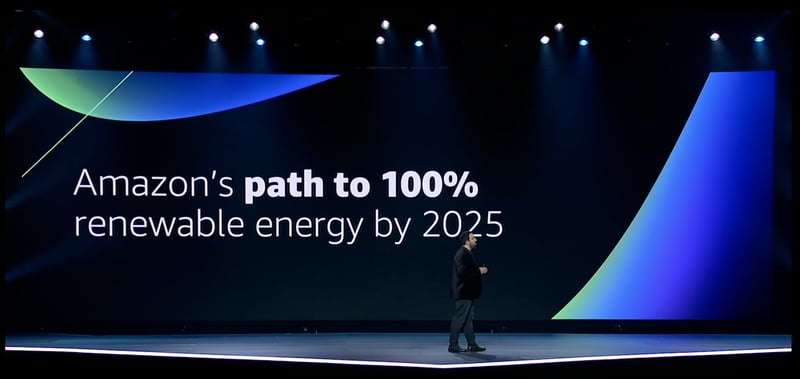
Later when AWS Customer Carbon Footprint tool will be available customers can start to measure their applications Carbon Footprint. The two simple rule of thump to sustainable cloud computing are still valid; The greenest energy is the energy you don't use (Peter Desantis, re:Invent 2020) and Don't forget to turn off the lights (Werner Vogels, re:Invent 2012).
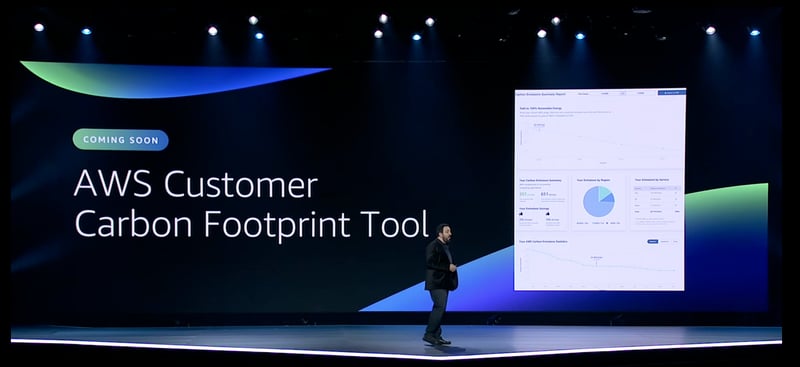
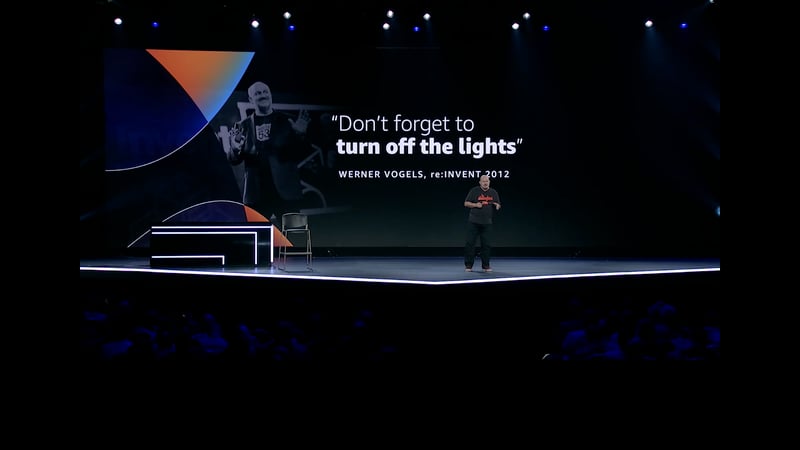
AWS expanding out from region
AWS is not anymore just a cloud provider. The latest release of AWS private 5G fits to the picture. AWS is expanding from cloud regions to the next frontier. There were no announcement (yet) of region Luna-1 but the direction is clear. One day it will come and our prediction is that sooner we all are thinking about it. Coming back to the expanding out of regions. AWS is offering solutions from Regions → Local Zones → Wavelength → Private 5G → Outpost → Rugged Edge → Ground Station. Knowit as a Nordic company we were very delighted to see Local Zones to Finland, Norway, Denmark, Germany and Poland all countries were we are having our offices. These local zones will offer to our Customers more flexible solutions with 1 digit latency and data residency requirements to store data inside the country it is thought to reside. Local Zone offers core functionality of AWS services such as EC2, EBS, RDS, Containers and VPC to mention some.
Outpost got smaller 1U and 2U servers along side Outpost Rack solution. The 1U version is powered by Graviton processor and 2U with Intel one. These new additions to Outpost family give more flexibility to customers that do not need whole Outpost rack to fulfil their needs. Next stop from regions before new frontier is rugged edge. Dr. Werner Vogels mentioned in his keynote talk this as region in seventh continent. Snow-family devices have gone all the way to the Antarctic.
For builders
For builds this years re:Invent gave a lot. There were official release of AWS CDK v2 and instructions to migrate from v1 to v2 already exists on the AWS documentation. Then next important release was Construct Hub (open source CDK libraries). Currently there exists more than 800 CDK construct libraries to use to build your own projects and applications. Publishers are AWS, HashiCorp and also Community based libraries are supported. This is excellent starting point to build complicated and exiting new solutions. And during building developers can think Gall’s Law that states that all complex systems that work evolved from simpler systems that worked. If you want to build a complex system that works, build a simpler system first, and then improve it over time.
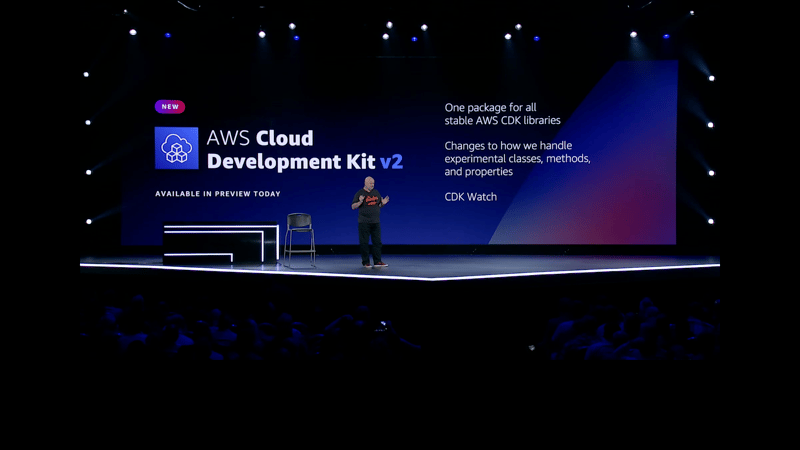
What about containers and especially Kubernetes. During AWS re:Invent there were announcement of Karpenter. Kubernetes cluster autoscaler with fancy new features. It is designed to handle the full flexibility of the cloud. Karpenter has the ability to efficiently address the full range of instance types available through AWS. Cluster autoscaler was not originally built with the flexibility to handle hundreds of instance types, zones, and purchase options. Moreover, it has Group-less node provisioning. Karpenter manages each instance directly, without use of additional orchestration mechanisms like node groups. This enables it to retry in milliseconds instead of minutes when capacity is unavailable. It also allows Karpenter to leverage diverse instance types, availability zones, and purchase options without the creation of hundreds of node groups.
No-code / low code
The last pick from the AWS re:Invent 2021 was no-code/low code a trend that has gained momentum recently. AWS introduced many new services and solutions that requires only little of coding or no lines of code. With AWS Amplify Studio customers can build their own web and mobile app with only using visual interface. Similarly, Amazon SageMaker Canvas helps customers to build a no-code Machine Learning prediction tool for creating ML models in purely visual environment. Then there was Kendra Experience Builder. With it customers can create fully functional search applications in a few clicks. Moreover, Lex Automated ChatBot Designer can be used to automate a significant portion of the bot design. Thus, minimising effort and time to create a chatbot. All of these announcements are making developers life easier and giving them more room and time to innovate and focus on real business problems.
Knowit thanks you for this year's re:Invent and welcomes you to re:Invent 2022. See you there!


